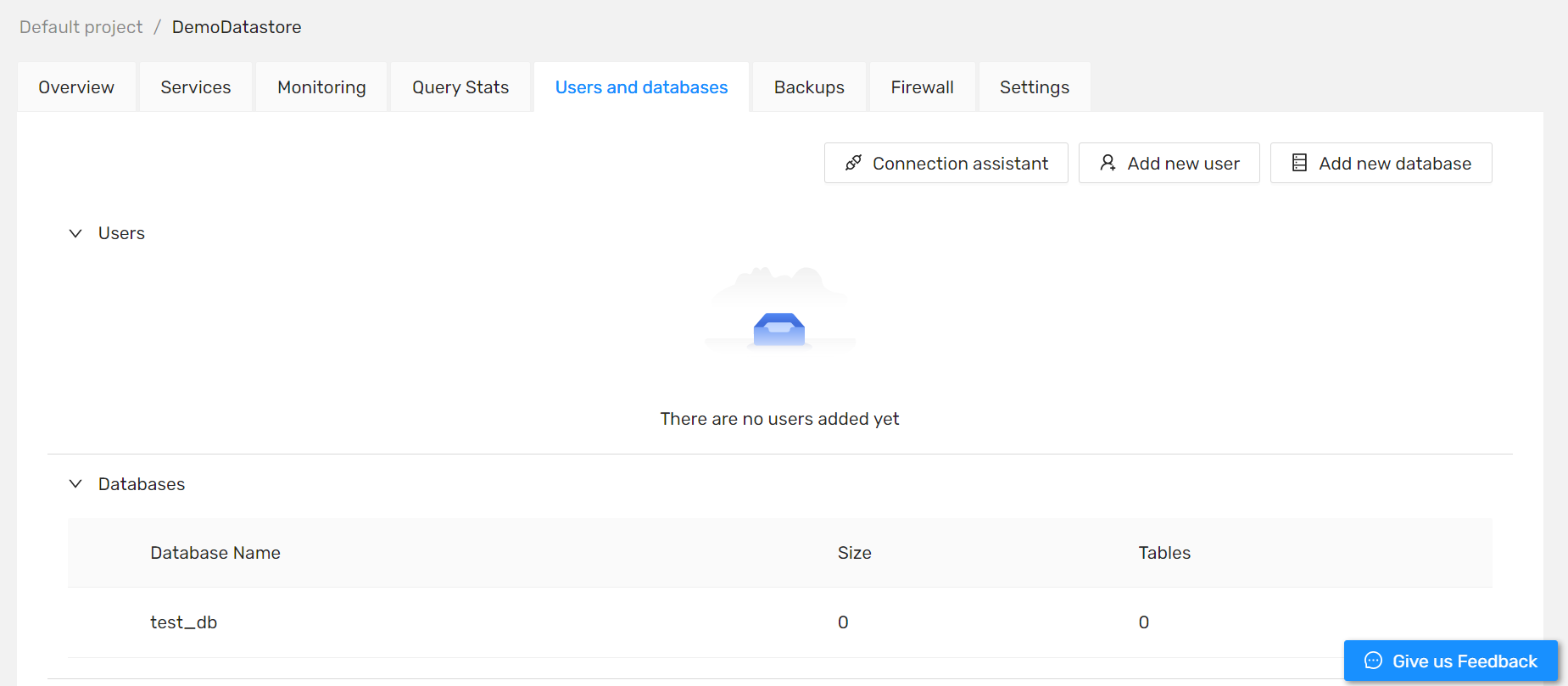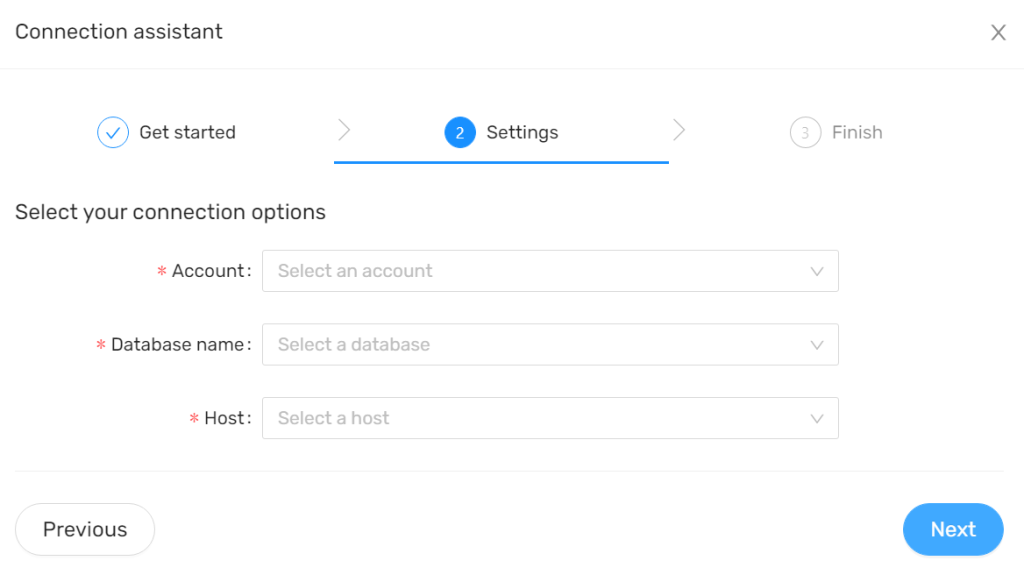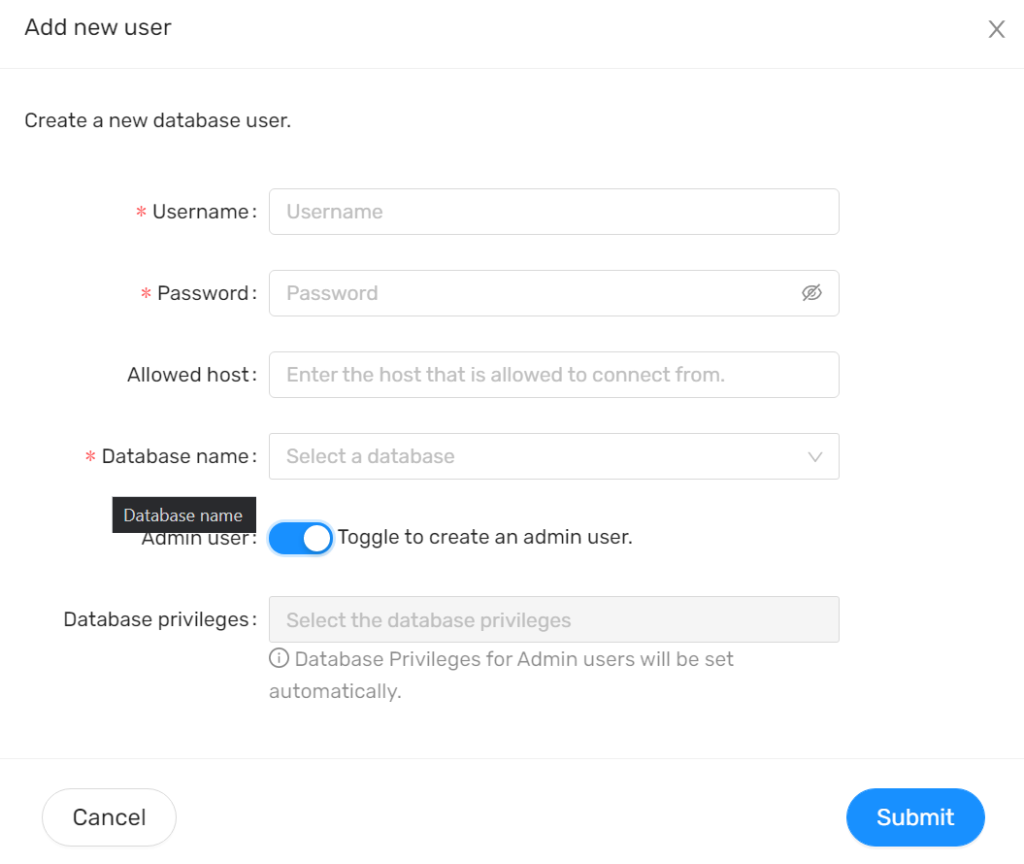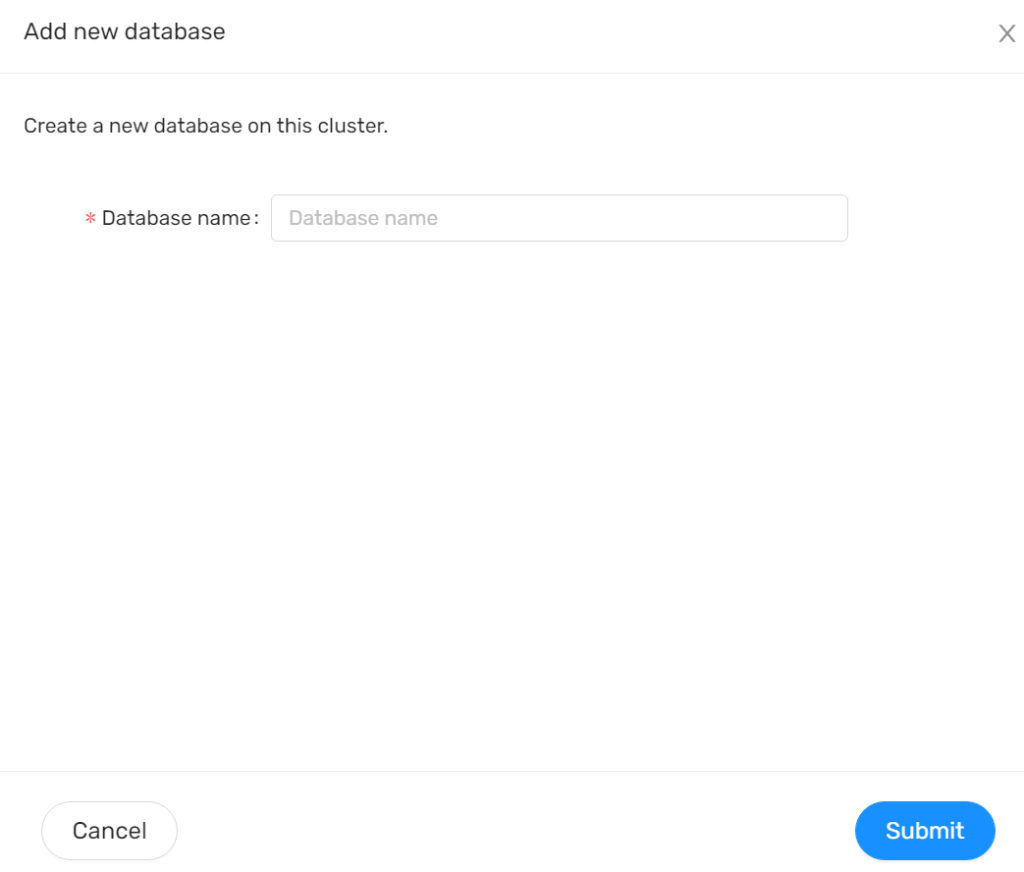blog
Users and Databases with CCX

If you are a database administrator, you probably already know how difficult it might be to constantly keep an eye out for your database instances. You probably already need to care of query performance, indexes, partitions, replication, security, not even talking about the web application your database might support – how do you have time to do something else?
Thankfully, there are services like CCX developed by Severalnines.
CCX by Severalnines can help with a wide variety of different issues:
- Database automation and management – CCX leverages the automation and management provided by Severalnines’ ClusterControl to provide ease of management for databases and database clusters alike.
- High availability – CCX uses a powerful Galera Cluster technology to support highly available database deployments.
- CCX supports streaming replication for PostgreSQL.
- CCX can detect anomalies in database nodes and be the first to alert you once something goes wrong inside of your database clusters – since CCX is using a powerful self-healing functionality provided by ClusterControl, it can automatically detect anomalies and be the first to fix them without you having to move a finger.
Log into CCX and you will see that you have the ability to:
- Observe an overview of the functionality in your database clusters.
- Gain information about the functionality of the services inside of your database clusters.
- CCX will also monitor your database clusters for you, so you don’t have to – it will provide you with an average load of your database clusters, information regarding your database nodes, load balancers, etc. – all this data can also be filtered (i.e. we can view data relevant to a week, a month, etc.)
- CCX also lets you observe (and modify) your database users – this is what we’re interested in for the purposes of this blog post. Here’s how the page looks like:

We can see that the page displays database users and databases existing in your database cluster – CCX will also provide you with the ability to add a new database or a database user, also provide you with a connection assistant – a service letting you configure connection strings for your database using it.
To use the connection assistant, click on it, then define your account, database and host information:

Finally, click Next and finalize the connection configuration.
CCX, in this space, can also help you create database users – just click “Add new user”: the slick UI provided by CCX will help you add a database user in no-time. Just provide CCX with a desired username, password, and database name. You can also toggle a switch on or off to create an administrative user:

CCX can also help you build databases inside of your database cluster: click Add new database, then come up with the name for it, and that’s it – you’re done!

Summary
CCX is a tool developed by Severalnines that is able to provide you with complete database automation and management. Just like ClusterControl, CCX provides unrivaled ease of control and management related to your database clusters: it can provide you with an overview of what’s happening in your database clusters, what services they are using, provide you with a bunch of monitoring information including load averages, CPU usage, RAM usage, network usage, disk space usage, disk I/O information, disk IOPS, and information relevant to the throughput of your disk, the DBaaS can also provide you with query statistics, and, as we figured out in this blog post, provide you with the ability to add users or databases using a slick UX. If you want to figure out just how CCX can help your business achieve its goals, be sure to check it out today.




